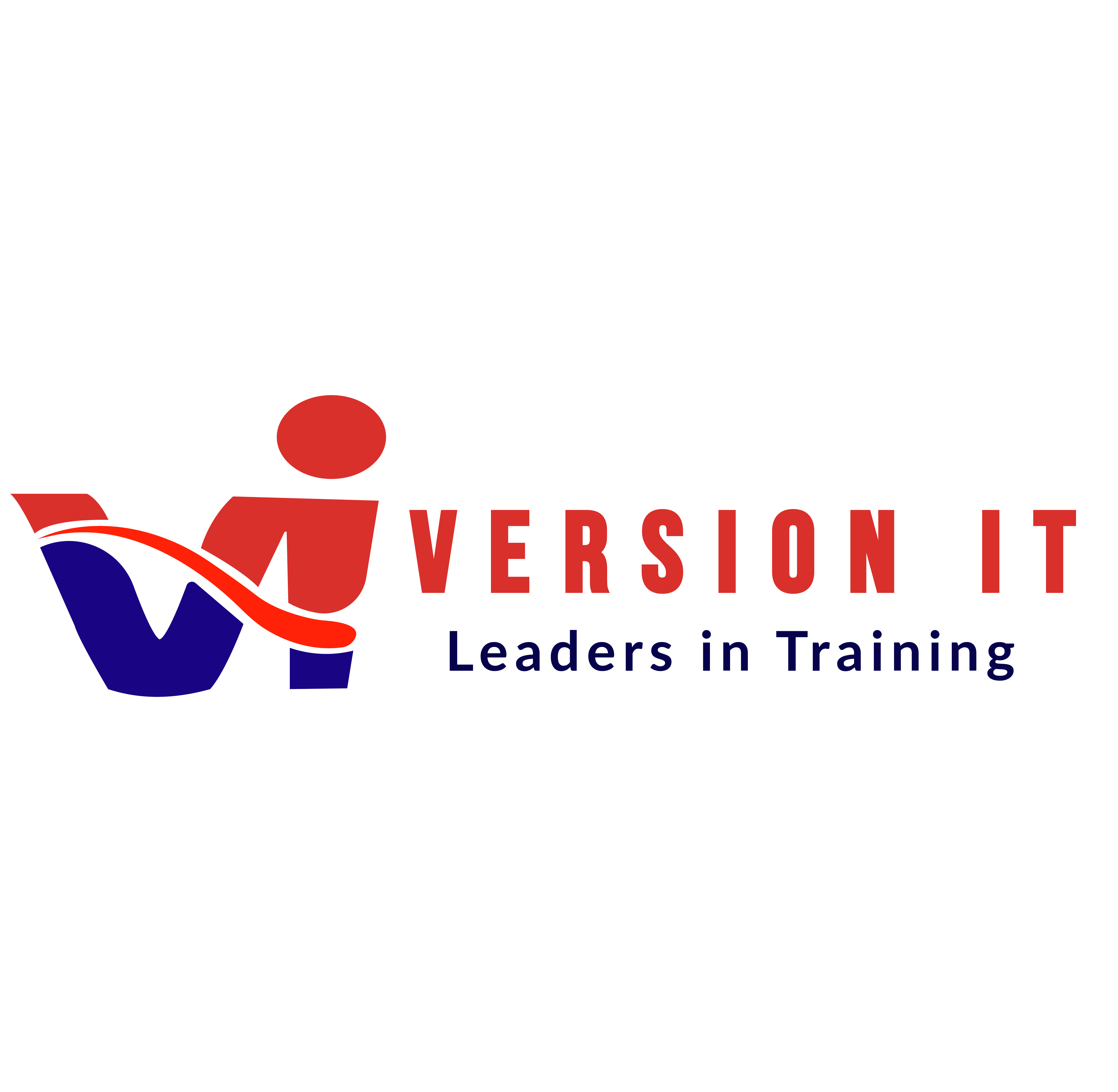Home > Courses > Full Stack Courses > Mern > Mern Course
Mern Training in
Hyderabad
Version IT offers the MERN Certification Course in Hyderabad. The MERN is a well-known and open-source technological stack for developing full-stack web-based applications that include MongoDB, Express, React, and Node.js.
12 Modules
with Certifications
Certificate
After Completion
English
Language
It is well-known for its flexibility, scalability, and efficiency in the development of modern web applications, making it a popular choice among developers aiming to create dynamic, responsive, and high-performing web applications.
There is now a high need for developers who are proficient in the MERN, making it a valuable skill set for anyone interested in a career in web development. As a result, we hope that our Mern developer course in Hyderabad programme will assist you in becoming a proficient web developer and staying ahead in this highly competitive industry.
Learn how to create fully functional web applications with MongoDB, Express.js, React.js, and Nodejs. Mern is one of the most adaptable tech stacks accessible. To create a multi-platform solution, learn front-end and hybrid mobile development, as well as server-side support. MERN is a well-known technological stack for developing full-stack web applications. MongoDB, Express.js, React.js, and Node.js are the four leading technologies in the MERN. The MERN course is a thorough course that covers all of the key concepts, tools, and approaches for developing full-stack web applications with the MERN. The MERN, its components, and how they operate together to form a full-stack web application are covered in this Mern course.
What You’ll Learn in this Course
A MERN certification course provides learners with significant full-stack development abilities. Full Stack Developers are experts in both front-end and back-end development, which is vital when developing websites and apps. You will gain hands-on experience building interactive and engaging user interfaces with React for the front end. You’ll learn how to build quick and efficient client-side applications, from creating reusable components to managing their current state. You’ll learn how to use Express and Node.js to develop server-side scripts and APIs, handle data flow, and manage requests on the back end.
Responsive design is another critical feature of modern web development that you will learn in a MERN certification course. In This Era, as customers can access web apps from a variety of devices, it is essential to develop applications that work and look fantastic on a wide range of screen sizes. In order to make sure that the layout, graphics, and other design components of your application adapt to various screen sizes automatically, you’ll learn how to put responsive design ideas into practice. With this ability, you will be able to develop web apps that work on any device and provide consistency.
Taking a MERN certification course will also help you learn how to comprehend and use version control. Git and other version control systems are crucial tools for tracking source code changes over time. They let you work with others without worrying about overwriting each other’s modifications, maintain track of every modification, and go back to any previous version.
A MERN certification course, in general, delivers a broad set of abilities that will produce well-rounded, flexible Web Developers. You’ll leave with a solid grasp of full-stack programming, problem-solving skills, responsive design principles, version control, API integration, and user authentication.
So, Join Today at Version IT for Mern training in Hyderabad to learn all the above skills with practical and real-time projects.
Topics You will Learn
Web Technologies
- Introduction to web technologies
- Introduction to web applications
- What is FULL, MEAN, MERN
- Editors
HTML
- Introduction
- Layers in web application
- Tags, attributes
- Programming
- Audio, Video, Graphics
CSS
- Introduction
- Selectors and types of selectors
- Font, text, border, images
- Properties
- Class rules
- Layouts with CSS
- Absolute, relative, fixed positioning
- Float, clear
JAVASCRIPT
- Introduction
- Programming languages
- Uses of JavaScript
- Keywords, operators
- Browser objects, JavaScript objects
- Dialogs
- Events
- Basic programming
- Functions
- Let, const keywords
- Nested functions, Closures
- Anonymous functions
- Function expressions
- Hoisting in JavaScript
- animations
- Validations
- AJAX
DOM (document object model)
- Introduction
- Types of DOM
- Uses
- Properties and methods
- programming
JQUERY
- Introduction to JavaScript libraries
- Advantages
- Functions and Methods
- Selectors, custom selectors
- Validations
- DOM
- Animations
- AJAX
BOOTSTRAP
- Introduction
- Responsive design
- Classes
- Containers
- Colors, jumbotran, navbar
- Forms, buttons, cards, modals
- Carousel, images
DATA FORMATS
- XML
- JSON
- JSON Data structures
- Difference between XML and JSON
PROJECT
- Project concept will be give and you have to work on that suggestions will be give and progress will be monitored
MONGODB
- Introduction to databases
- No SQL databases
- Installation of MongoDB
- Working with MongoDB
- MongoDB document
- Data modelling
- MongoDB with JavaScript
- Indexes
- Administering databases
EXPRESSJS
- Introduction
- MVC pattern
- Error handling
- Middleware
- Implementing sessions
- http authentication
- Templating
REACT JS
1.Introduction
- Web applications
- Html, CSS, JavaScript
- JavaScript libraries
2.Installation
- Software required
- Environment setup
- NPM packages
- Virtual DOM
- First example
3.React components
- What is component
- Component API
- Creating components
- Creating multiple components
- React state and its life cycle
- Stateless, stateful components
4.Properties and Events
- What are properties
- Events in ReactJS
- Accessing child properties
5.React forms
- Working with forms
6.React router
- Working with router
- Refactoring router and components
7.React flux
- Flux pattern
- Implementing flux store
8.React Animations
9.State management
10.Hooks
- Introduction
- Using state hook
- Using the effect hook
- Rules of hooks
- Creating own hooks
- Hooks API reference
11.React and Redux
- Core concepts
- Redux setup
- Action creators
- Handling actions
- Splitting reducers
- Adding Redux to the React Project and Redux Devtools.
- Setting Up the Reducer and the Store
NODEJS
- Introduction
- Installation
- NPM
- CLI and REPL
- Modules
- Asynchronous programming and callbacks
- Streams and Buffers
- Web server and creating web server
- Networking
- Sending Email
- Database connectivity
- Using Mongo, MySQL
- Debugging NodeJS applications
Let Your Certificates Speak

- Understanding Contemporary Web Applications using Express.js, Node.js, React, and MongoDB.
- Certifications improve your programming profile and are accepted across the world.
- Certificates are geneCertificates are issued upon the course's conclusion.rated after the completion of course.
All You Need to Start this Course
- Even though the MERN primarily employs a NoSQL database (MongoDB), having experience with databases and a comprehension of SQL (Structured Query Language) concepts can be beneficial.
- It will be helpful to have a basic understanding of both the web application framework for Node.js, Express.js, and the JavaScript runtime Node.js. It is essential to comprehend ideas like server-side development, routing, and middleware.
Testimonials




Still Having Doubts?
The technologies that make up the MERN enable quicker application development. A cross-platform document-oriented database application is called MongoDB.
Express.js: A Node.js web application framework
JavaScript package React is used to create user interfaces.
Node.js: A cross-platform, open-source JavaScript runtime environment that allows JavaScript code to be executed outside of a browser
In MERN, as in other well-known web stacks, you can create anything you want. However, it works great for cloud-based applications that need dynamic web interfaces and extensive JSON. Here are some instances of uses for MERN To-do apps and calendars
Engaging Discussion Boards and Product for Social Media
The document database at the base of the MERN stack, MongoDB, is where we should start. MongoDB was built with JavaScript and JSON as its building blocks. Its query language, MQL, or MongoDB Query Language, is based on JSON, and it was intended to store JSON data natively (though it technically uses a binary version of JSON called `BSON).
Yes, MERN is a full stack that includes the front-end display tier (React.js), application tier (Express.js and Node.js), and database tier (MongoDB), all in accordance with the conventional three-tier architectural pattern.


